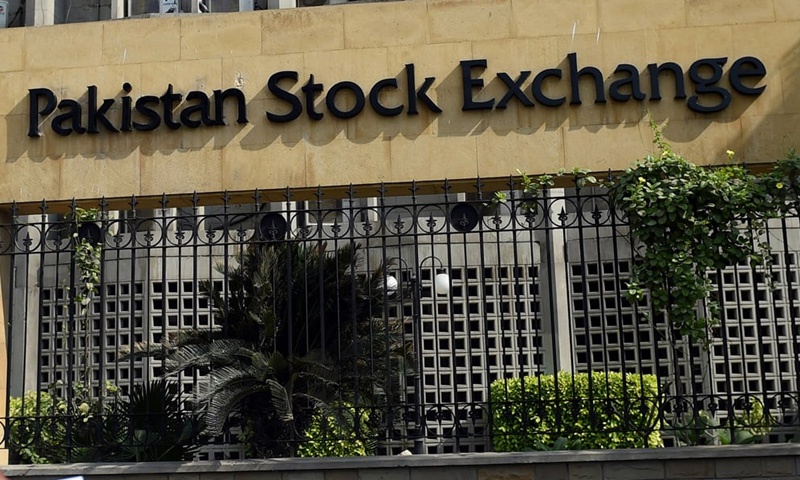
Pakistan’s economy, long mired in challenges, is showing sparks of recovery across multiple sectors. Recent economic data reveals growth in exports, investor interest, and notable market activity, painting a cautiously optimistic picture. However, the economic path remains riddled with obstacles, including fiscal targets, inflation, and reliance on foreign investment and aid. In this complex landscape, each step forward—whether in trade, energy innovation, or financial markets—highlights both the resilience and the hurdles of Pakistan’s economic revival.
Exports Surge, Led by U.S. and Global Demand
In a promising development, Pakistan’s exports of goods and services to the United States rose by 6.18% in the first quarter of fiscal year 2024-25, reaching $1.461 billion compared to $1.376 billion last year. This growth is part of a broader 7.82% increase in exports to all countries, amounting to $7.495 billion in the first three months of FY 2024-25, according to the State Bank of Pakistan (SBP). The increase underscores a demand for Pakistani goods, particularly textiles and leather products, despite global economic pressures.
Footwear exports, especially leather footwear, also rose significantly, marking a 9.58% increase in the first quarter of the current fiscal year. Pakistan’s Bureau of Statistics (PBS) reports that leather footwear alone saw an 8.71% increase, which is encouraging given the challenges faced by domestic industries, from rising production costs to supply chain disruptions.
Energy Sector Diversification: Hub Power Company’s Bold Move
An innovative approach in Pakistan’s energy sector signals a shift toward sustainable development. The Hub Power Company Limited (Hubco), the country’s largest independent power producer, has announced ventures in lithium mining, battery manufacturing, and electric vehicle (EV) production under the Special Investment Facilitation Council (SIFC). With lithium and rechargeable batteries becoming essential for global technological advancements, Hubco’s foray into lithium exploration and EV production places Pakistan on a path to potentially become a player in the global green energy economy. This project, anticipated to be completed within 12 to 18 months, could yield significant dividends, both in terms of job creation and export revenue.
The Stock Market’s Bullish Streak and Policy Dynamics
The Pakistan Stock Exchange (PSX) has recently maintained a bullish spell, with the KSE 100 index hitting near-record highs, reaching 91,000 during intraday trading. Arif Habib Ltd (AHL) credits the rally to expectations of a rate cut in the upcoming monetary policy, along with strong financial results across various sectors. The PSX recorded one of its highest single-day gains, driven by optimism about the central bank’s anticipated rate cut.
However, this upward trend reflects investor hopes rather than purely economic fundamentals. The Federal Board of Revenue (FBR) recently reported missing its collection target by Rs190 billion for July-October, largely due to decreased imports and slower inflation growth. Although tax collections grew by 24% year-on-year, the government still faces a significant shortfall, complicating fiscal policy.
Saudi and Uzbek Investments: Expanding Regional Trade and Investment
Saudi Arabia’s commitment to invest $600 million, bringing its total investment pledges to $2.8 billion, provides a substantial boost. This comes at a time when Pakistan is actively seeking foreign investment to alleviate its debt obligations and stimulate economic growth. Meanwhile, Pakistan and Uzbekistan are exploring avenues to maximize the $1 billion trade agreement, first signed in 2023, in the upcoming Joint Ministerial Commission (JMC) meeting. The meeting will address potential expansions in trade, logistics, and energy—sectors that have been impacted by the Russia-Ukraine conflict, pushing countries like Uzbekistan to seek new trade partnerships.
A business delegation led by Pakistan’s Commerce Minister Jam Kamal Khan will engage in strategic discussions, aiming to boost exports to Central Asian markets, particularly in textiles, pharmaceuticals, and food processing. This regional cooperation could help reduce Pakistan’s dependence on Western markets, diversify its trade portfolio, and potentially stabilize its foreign exchange reserves.
Inflation, Interest Rates, and Forex Reserves: Mixed Signals
Although the Consumer Price Index (CPI)-based inflation has risen to 7.2% year-on-year, the real interest rate remains significantly high at 17.5%. High interest rates are a double-edged sword; while they can help control inflation, they also stifle domestic borrowing and economic activity. Businesses, particularly small and medium-sized enterprises (SMEs), find it difficult to secure affordable financing under these conditions, which restricts expansion and job creation.
In an attempt to shore up foreign reserves, the SBP purchased $1.3 billion from the interbank market in June and July. As of October 25, the SBP’s reserves stand at $11.2 billion, which includes a $1.03 billion tranche from the International Monetary Fund’s (IMF) Extended Fund Facility. This is a positive sign for Pakistan’s foreign exchange stability, but much of the reserves remain dependent on foreign inflows, underscoring a key vulnerability in the country’s financial system.
The Road Ahead: Opportunities and Risks
While Pakistan’s economic indicators point to a gradual recovery, significant risks persist. The country’s fiscal targets, foreign reserves, and reliance on foreign aid highlight the structural weaknesses in its economy. The IMF’s forthcoming review of Pakistan’s economic performance, especially given the missed tax targets, could impact future funding. Additionally, while expectations for a rate cut may continue to fuel the stock market, it is unclear how sustainable this market rally will be without substantial economic reforms.
The energy diversification driven by Hub Power’s lithium venture is a positive step but requires consistent policy support to compete globally. Similarly, the increase in footwear exports and bilateral trade with Uzbekistan represents a positive trend, yet remains vulnerable to shifts in global demand and regional political dynamics.
Conclusion
The growth in exports, stock market resilience, and foreign investment commitments are promising, but sustaining this momentum will require disciplined fiscal management, improved tax collection, and continued foreign direct investment (FDI). The government’s role in maintaining investor confidence through consistent economic policies will be crucial.
As Pakistan positions itself as a trade and investment hub in South and Central Asia, partnerships like those with Saudi Arabia and Uzbekistan could be instrumental. But reliance on these investments as a solution for deep-seated economic challenges could prove shortsighted. Structural reforms, particularly in tax policy, public sector efficiency, and financial regulation, are essential if Pakistan is to move from a state of cyclical recovery to long-term economic resilience.
The recovery trajectory for Pakistan is underway, but it is one that demands cautious optimism, strategic reforms, and an unwavering commitment to economic stability. In the months and years ahead, Pakistan’s ability to balance short-term gains with long-term structural adjustments will be key to transforming current economic gains into a robust and sustainable recovery.
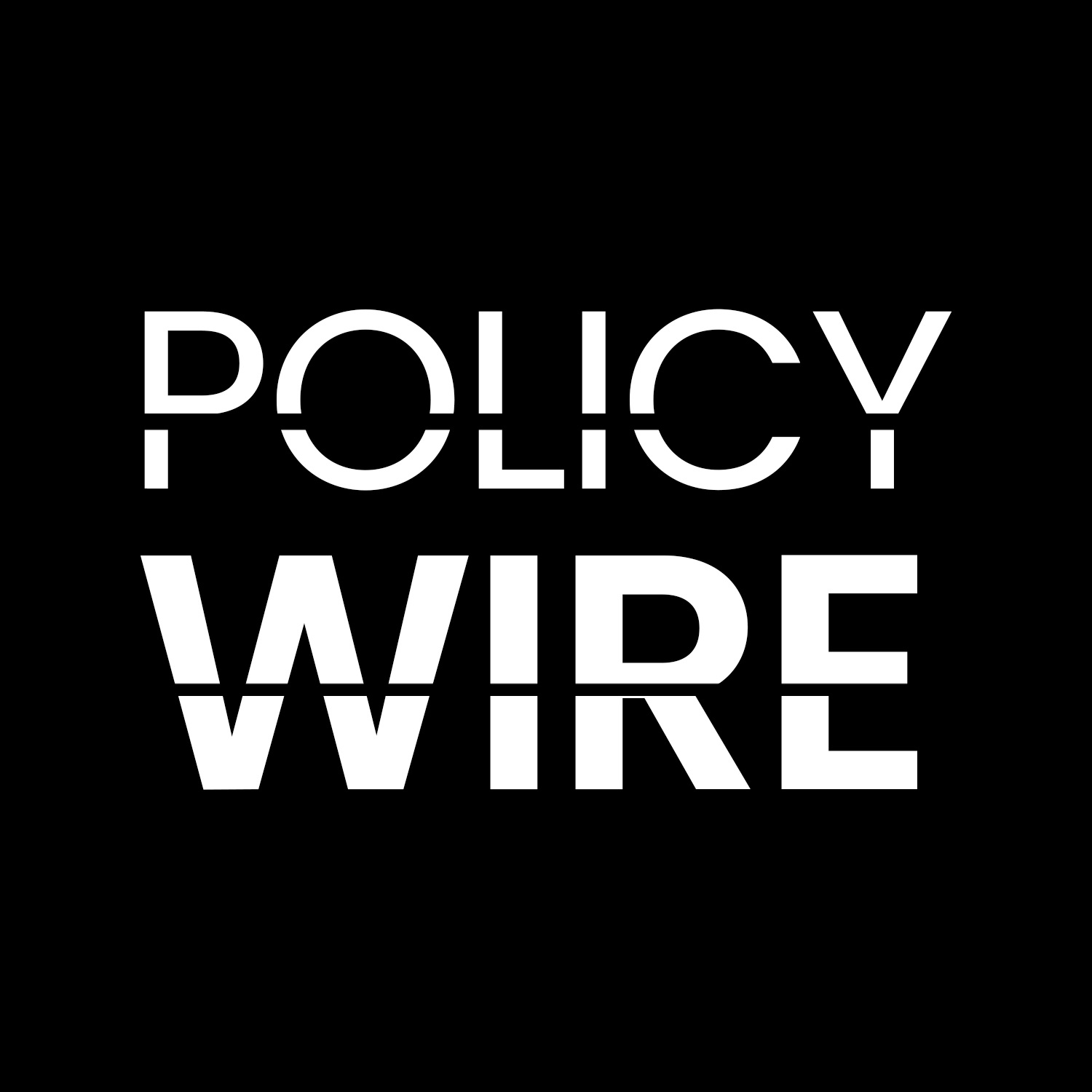
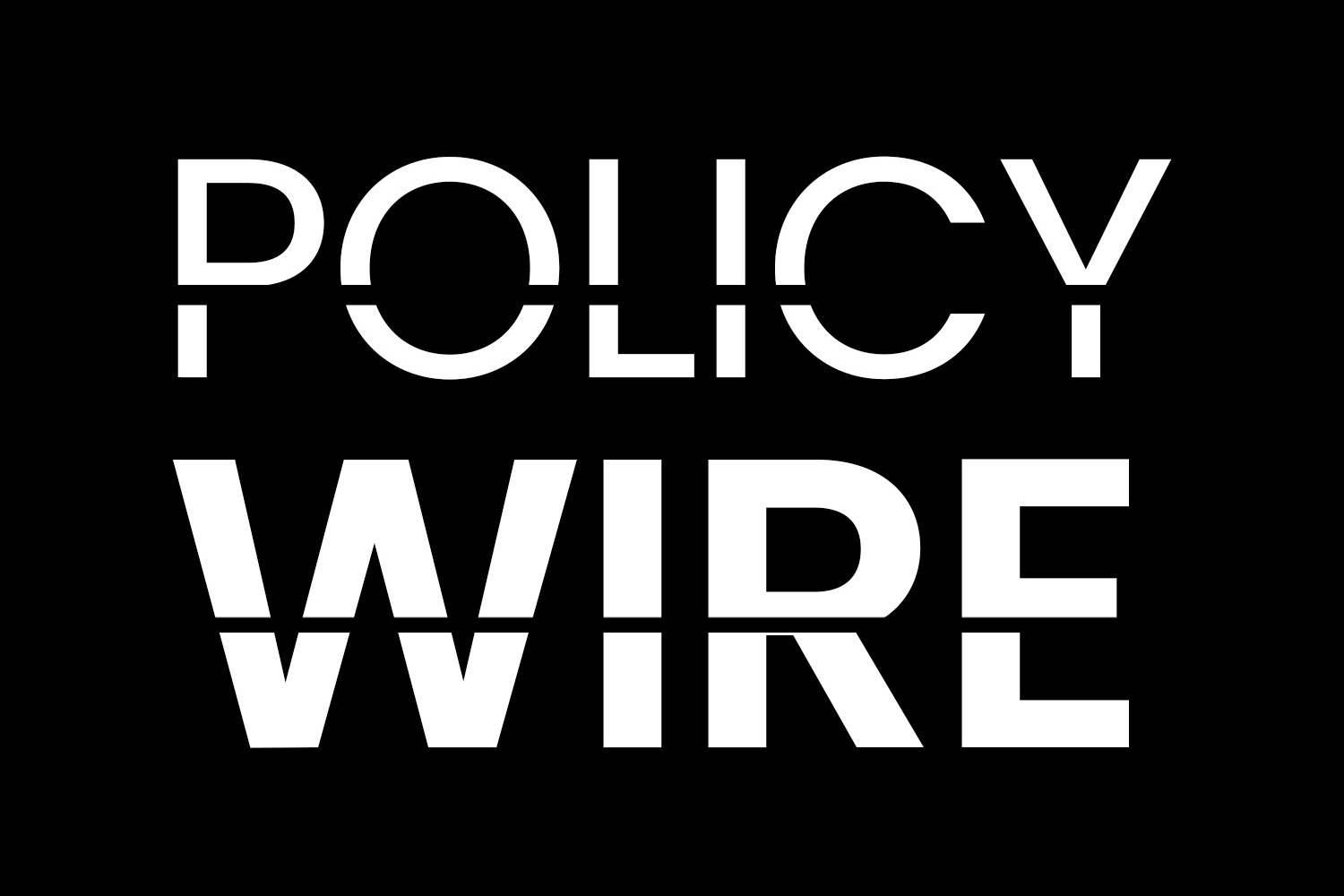



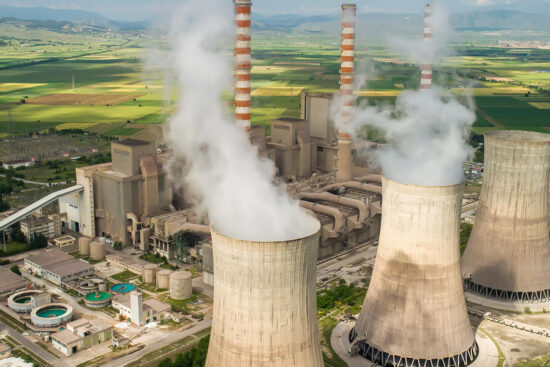
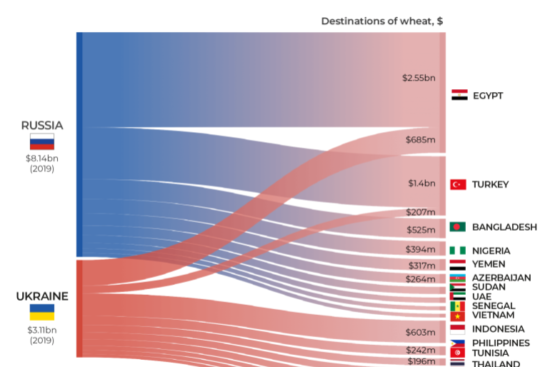

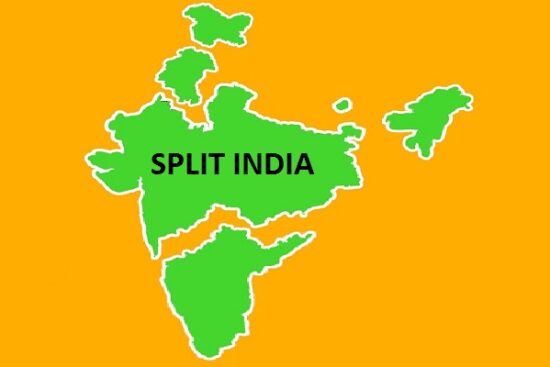
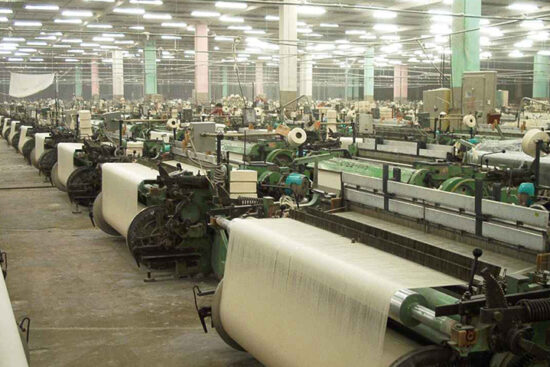









Leave a Reply